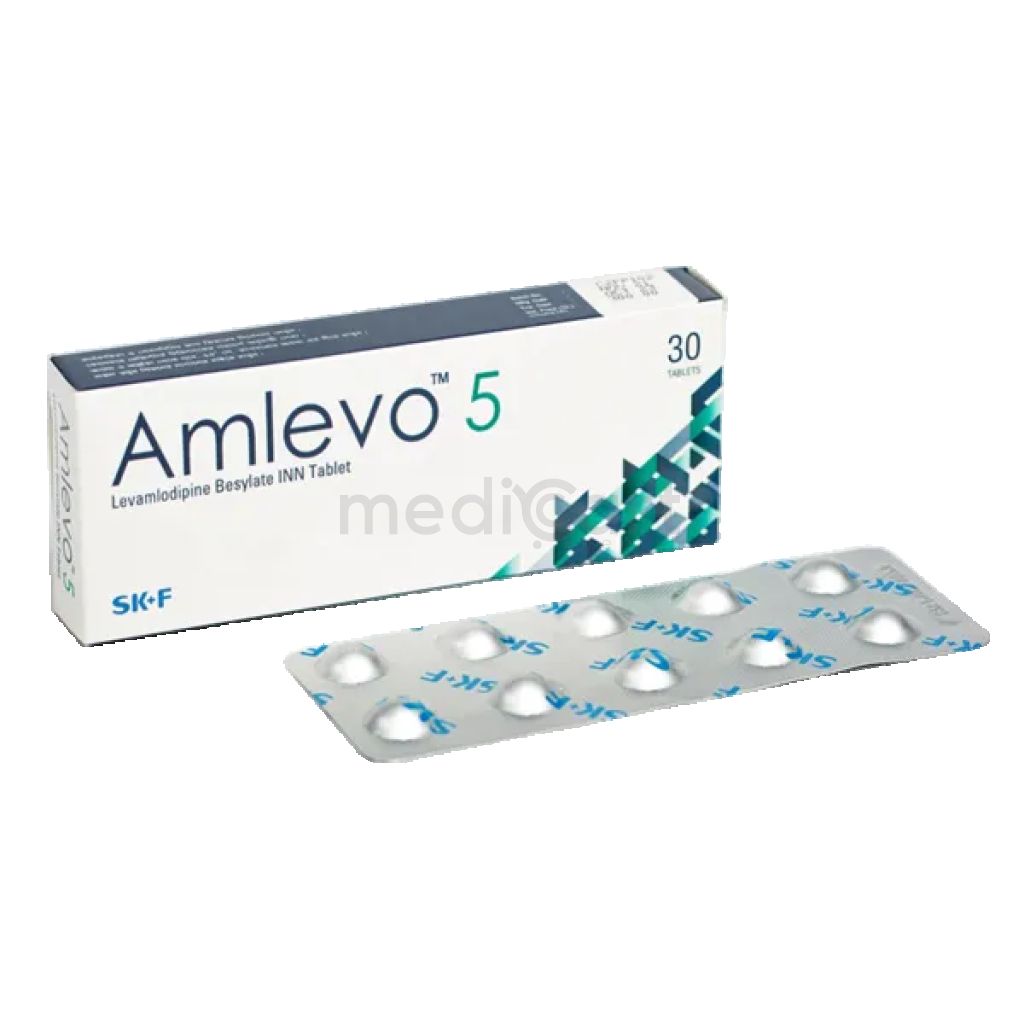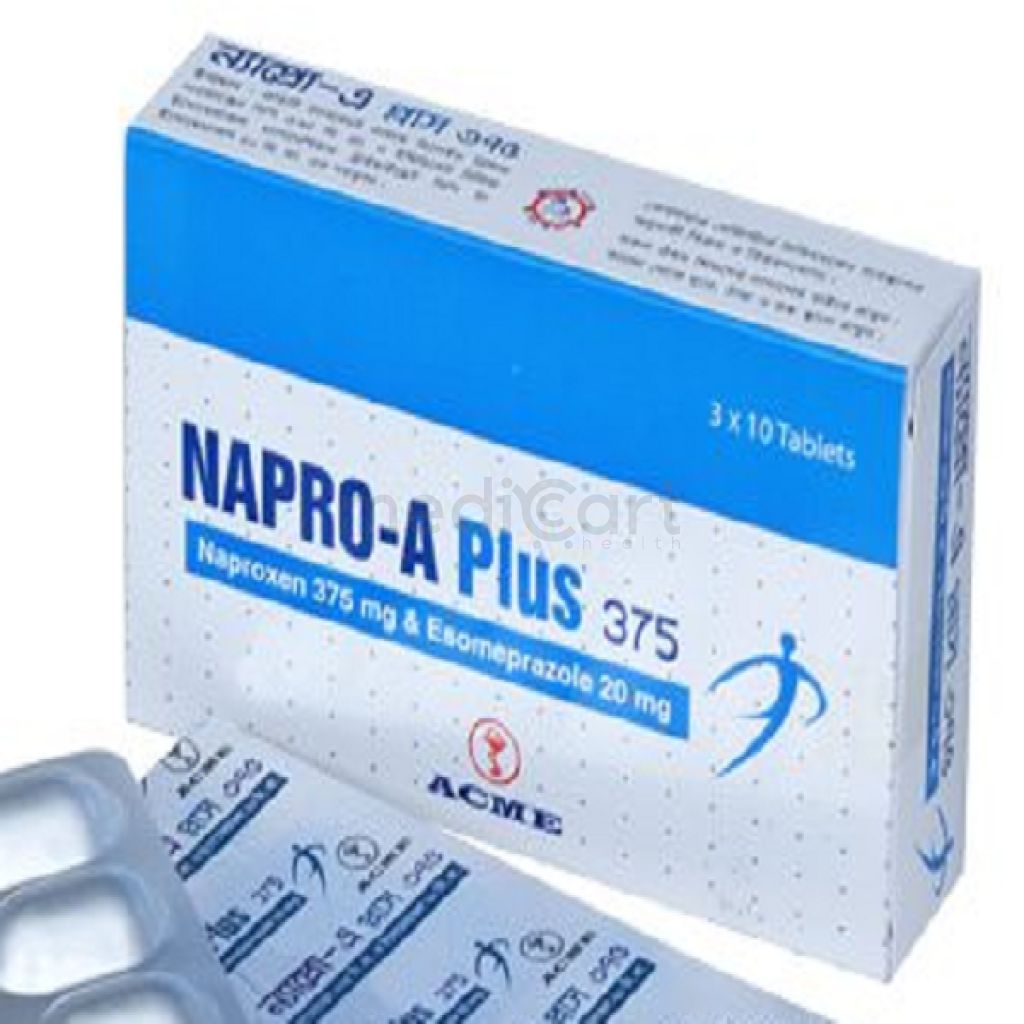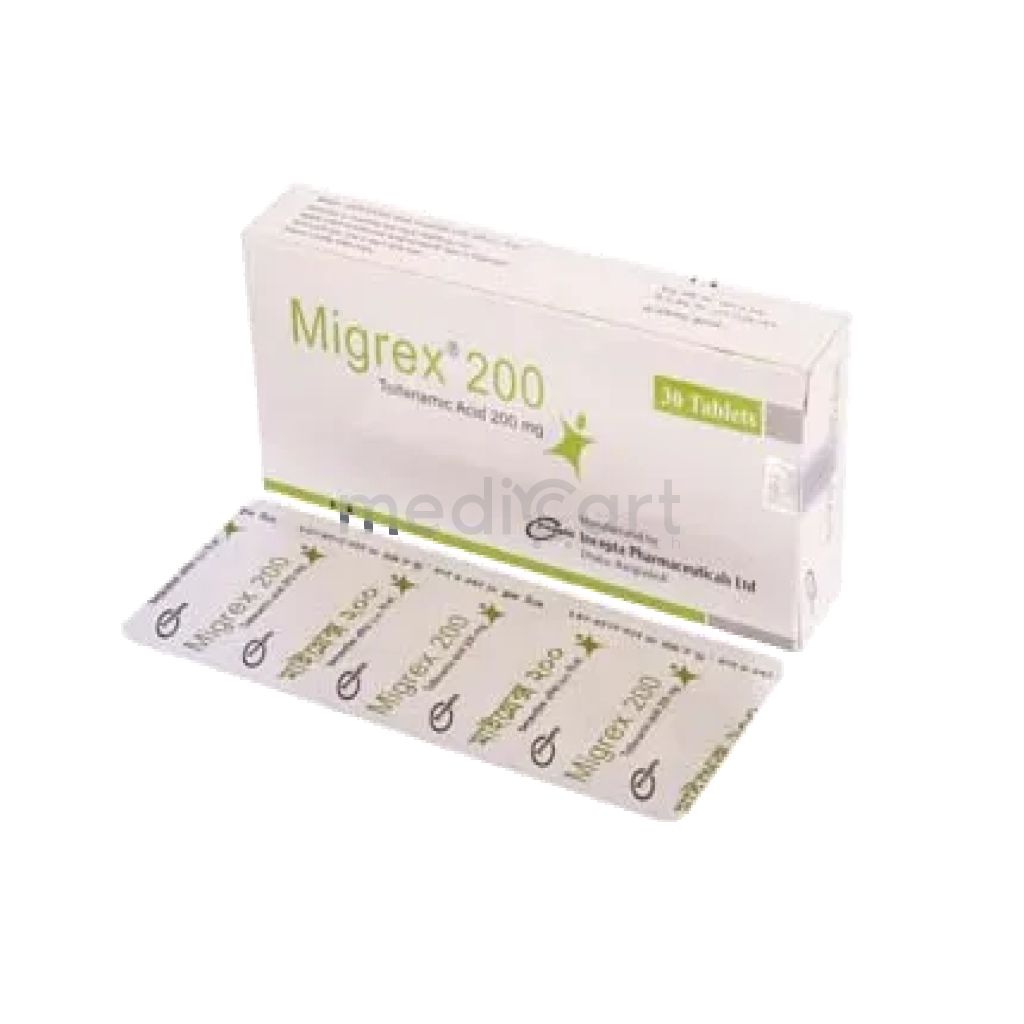

Amlevo - 2.5mg
Tablet
Pack Size :
10 Tablet x 1 Strip
Generics :
S-Amlodipine Besilate
Manufacturer :
Eskayef Pharmaceuticals Ltd.
Best Price *
TK
70.00
* Delivery will be done in Dhaka city only.
More Information About - Amlevo - 2.5mg
Description
Generic Name
LevamlodipinePrecaution
Symptomatic hypotension is possible, particularly in patients with severe aortic stenosis; owing to the gradual onset of action, acute hypotension is unlikely Worsening angina and acute myocardial infarction can develop after starting or increasing the dose of amlodipine, particularly in patients with severe obstructive coronary artery disease Amlodipine is extensively metabolized by the liver; plasma elimination half-life is 56 hr in patients with impaired hepatic function; titrate slowly when administering amlodipine to patients with severe hepatic impairmentIndication
HypertensionContra Indication
HypersensitivityDose
Hypertension Indicated as monotherapy or in combination with other antihypertensive agents for hypertension Lowering blood pressure reduces the risk of fatal and nonfatal cardiovascular events, primarily strokes and myocardial infarction Initial: 2.5 mg PO qDay;: may increase to up to 5 mg PO qDay Small, fragile, or elderly patients, or patients with hepatic insufficiency, may be started on 1.25 mg qDay and this dose may be used when adding to other antihypertensive therapy Adjust dosage according to blood pressure goals In general, wait 7-14 days between titration steps; titrate more rapidly, if clinically warranted, provided the patient is assessed frequentlySide Effect
>10% Edema (5.4-14.6%) 1-10% Fatigue (4.5%) Flushing (1.5-4.5%) Palpitations (0.7-4.5%) Dizziness (1.1-3.4%) Palpitations (1.4-3.3%) Nausea (2.9%) Flushing (0.7-2.6%) Abdominal pain (1.6%) Somnolence (1.3-1.6%) Somnolence (1.4%) Frequency Not Defined Cardiovascular: Arrhythmia (eg, ventricular tachycardia, atrial fibrillation), bradycardia, chest pain, peripheral ischemia, syncope, tachycardia, vasculitis Central and peripheral nervous system: Hypoesthesia, neuropathy peripheral, paresthesia, tremor, vertigo Gastrointestinal: Anorexia, constipation, dysphagia, diarrhea, flatulence, pancreatitis, vomiting, gingival hyperplasia General: Allergic reaction, asthenia, back pain, hot flushes, malaise, pain, rigors, weight gain, weight decrease Musculoskeletal system: Arthralgia, arthrosis, muscle cramps, myalgia Psychiatric: Sexual dysfunction (male and female), insomnia, nervousness, depression, abnormal dreams, anxiety, depersonalization Respiratory system: Dyspnea, epistaxis Skin and appendages: Angioedema, erythema multiforme, pruritus, rash, erythematous rash, maculopapular rash Special senses: Abnormal vision, conjunctivitis, diplopia, eye pain, tinnitus Urinary system: Micturition frequency, micturition disorder, nocturia Autonomic nervous system: Dry mouth, sweating increased Metabolic and nutritional: Hyperglycemia, thirst Hemopoietic: Leukopenia, purpura, thrombocytopeniaPregnancy Category
Name : Not Classified
Description
FDA has not yet classified the drug into a specified pregnancy category.Mode of Action
Amlodipine, a dihydropyridine calcium antagonist (calcium ion antagonist or slow-channel blocker), inhibits the transmembrane influx of calcium ions into vascular smooth muscle and cardiac muscle A peripheral arterial vasodilator that acts directly on vascular smooth muscle and causes a reduction in peripheral vascular resistance and reduction in blood pressureInteraction
Levoamlodipine is a CYP3A4 substrate Effects of other drugs on amlodipine Coadministration with moderate or strong CYP3A inhibitors results in increased systemic exposure to amlodipine and may require dose reduction; monitor for symptoms of hypotension and edema when amlodipine is coadministered with CYP3A inhibitors No information is available on the quantitative effects of CYP3A inducers on amlodipine; closely monitor blood pressure when amlodipine is coadministered with CYP3A inducers Monitor for hypotension when sildenafil is coadministered with amlodipine Effects of amlodipine on other drugs Coadministration of simvastatin with amlodipine increases the systemic exposure of simvastatin; limit simvastatin dose in patients on amlodipine to 20 mg/day Amlodipine may increase the systemic exposure of cyclosporine or tacrolimus when coadministered; frequently monitor trough blood levels of cyclosporine and tacrolimus and adjust dose when appropriatePregnancy Category Note
Pregnancy Limited available data based on postmarketing reports with use in pregnant women are not sufficient to inform a drug-associated risk for major birth defects and miscarriage There are risks to the mother and fetus associated with poorly controlled hypertension in pregnancy Animal data In animal reproduction studies, there was no evidence of adverse developmental effects when pregnant rats and rabbits were treated with oral amlodipine during organogenesis at doses ~10 and 20 times the maximum recommended human dose (MRHD) In rats, litter size was significantly decreased (by about 50%), and the number of intrauterine deaths was significantly increased (about 5-fold) Amlodipine has been shown to prolong both the gestation period and the duration of labor in rats at this dose Clinical considerations Hypertension in pregnancy increases the maternal risk for preeclampsia, gestational diabetes, premature delivery, and delivery complications (eg, need for cesarean delivery, postpartum hemorrhage) Hypertension increases the fetal risk for intrauterine growth restriction and intrauterine death Carefully monitor pregnant women with hypertension and managed accordingly Lactation Limited available data from a published clinical lactation study reports that amlodipine is present in human milk at an estimated median relative infant dose of 4.2%. No adverse effects of amlodipine on the breastfed infant have been observed No information available on the effects of amlodipine on milk productionAdult Dose
Hypertension Indicated as monotherapy or in combination with other antihypertensive agents for hypertension Lowering blood pressure reduces the risk of fatal and nonfatal cardiovascular events, primarily strokes and myocardial infarction Initial: 2.5 mg PO qDay;: may increase to up to 5 mg PO qDay Small, fragile, or elderly patients, or patients with hepatic insufficiency, may be started on 1.25 mg qDay and this dose may be used when adding to other antihypertensive therapy Adjust dosage according to blood pressure goals In general, wait 7-14 days between titration steps; titrate more rapidly, if clinically warranted, provided the patient is assessed frequently Hepatic impairment Patients with hepatic insufficiency may be started on 1.25 mg qDay Elderly patient and patients with hepatic insufficiency have decreased clearance of amlodipine with a resulting increase in AUC of ~40-?60%, and a lower initial dose may be requiredChild Dose
N/ARenal Dose
Renal impairment Pharmacokinetics of amlodipine are not significantly influenced No dosage adjustment required in patients with renal failureAdministration
Take with or without foodDisclaimer
The information provided herein are for informational purposes only and not intended to be a substitute for professional medical advice, diagnosis, or treatment. Please note that this information should not be treated as a replacement for physical medical consultation or advice. Great effort has been placed to provide accurate and comprehensive data. However, Medicart along with its authors and editors make no representations or warranties and specifically disclaim all liability for any medical information provided on the site. The absence of any information and/or warning to any drug shall not be considered and assumed as an implied assurance of the Company.






